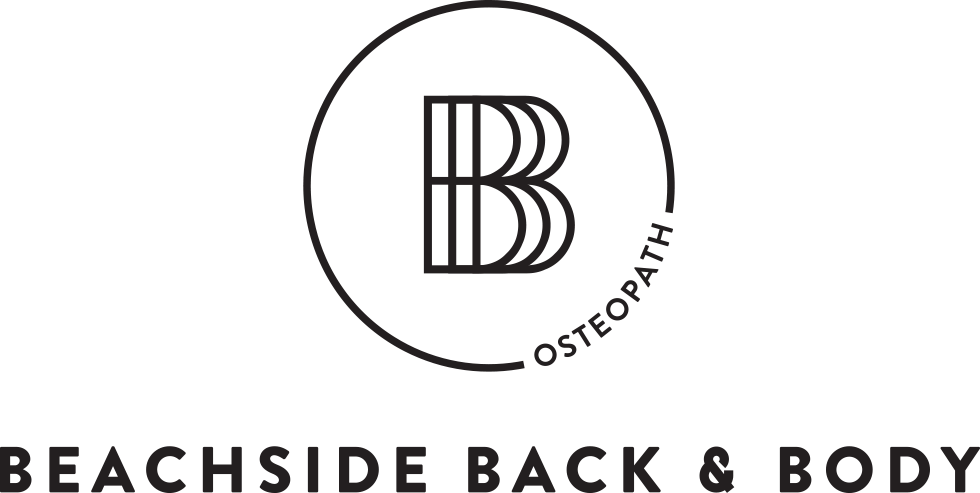Back injuries are extremely common in the population, with studies showing up to 80% of people will have an episode of back pain in their lifetime. Most people have heard of or know of someone who has damaged their disc, whether it’s a bulge or herniation and this can be what people think of immediately when they hurt their back. But a much more commonly seen injury is that of the facet joint sprain.
Facet joints are joints that are made up of the vertebrate of the spine. They are where each vertebrae is connected (above and below) and are connected with strong ligaments. These joints allow us to bend forwards and backwards, rotate side to side and side bend. They are extremely important to our movement and are a common area that leads to stiffness when osteoarthritis starts affecting them. Facet joints are found throughout the entirety of the spine from your neck to your pelvis, however they change shape throughout.
Surrounding the facet joints are many muscle attachments, other ligaments and exiting nerve roots from the spinal cord. This can be why hurting these joints can be extremely painful and debilitating.
How do I sprain a facet joint?
Facet joints are more easy to sprain than what you think. Just like any other joint of the body, facet joints can be sprained with awkward positions or repetitive movements that you aren’t used to. This is caused by an overstretching of the ligaments which then results in swelling and irritation. As this can be painful with movement, the body sends a message to the surrounding muscles to grip on and support, which can lead to a lot of surrounding muscle spasm and tightness. Commonly, lower back facet sprains can be from activities such as shoveling, incorrect lifting and/or moving techniques. Whereas neck facet sprains can be from sleeping in unusual positions, associated with long periods of sitting at a desk without changing position (including holding a phone up between your shoulder and ear), or running and jarring.
Conversely, not having enough movement through your joint can lead to irritation and soreness, which is why having good healthy movement and posture is so important for your spine. Our joints are designed to move and love movement, which is why sometimes long periods of not moving (think an overseas plane trip) can lead to stiffness through our spines.
What are the symptoms of a facet sprain?
Acute facet sprains can cause some intense pain at both the site of injury and occasionally can refer elsewhere, good examples of this are headaches resulting from a neck facet sprain, or gluteal pain from a lumbar (lower back) sprain. Acute flare ups are often caused by excessive rotation and extension, especially if there’s any added weight to the motion (think trying to do a head check while driving!).
Chronic facet sprains can occur in multiple ways, often aggravated by prolonged static posture, whether it be sitting or standing. The pain can move around somewhat and be quite broad. Often in these situations, the body begins to develop compensatory mechanisms so you will often find surrounding levels of tightness and irritation.
How long does it take to heal a facet joint?
As with any injuries, healing times can change depending on many factors, such as age, weight, work and ability to avoid/manage aggravating activities.
Generally, an acute sprain can take anywhere from 2-4 weeks if managed and treated correctly. During this phase the first 2-3 days are the worst as this is when the inflammatory cycle peaks. Following this you should see a decline in your pain levels and increase in range of motion. These sprains can become ongoing and chronic if you continue to aggravate the joint, this can then take 6-12 weeks, with a high occurrence of re-injuring and flare ups in the future. For this reason, it is important to be aware of your aggravating factors and try to keep them to an absolute minimum.
What can an Osteo do?
During your appointment, an Osteopath will go through a thorough case history and orthopedic examination to determine which segment is causing the pain and discomfort. Once a diagnosis has been established, treatment will depend on the individual but can include:
Soft tissue therapy
Joint mobilisation (and adjustments if required)
Stretching
Exercise Prescription
Dry needling
Cupping
Taping (rigid or rocktape)
Treatment has been found helpful to help reduce pain levels as well as reduce pain from compensation areas. Your Osteopath will also spend time going through any stretches or exercises that they recommend for your injury and rehabilitation exercises to make sure that it doesn’t become a more ongoing problem.
We hope you find this information helpful and if you think of any questions please ask us at your next appointment!
Written by Tracy Vuat (Osteopath) at our Mt Eliza Clinic - Victoria Sports & Rehabilitation Clinic
